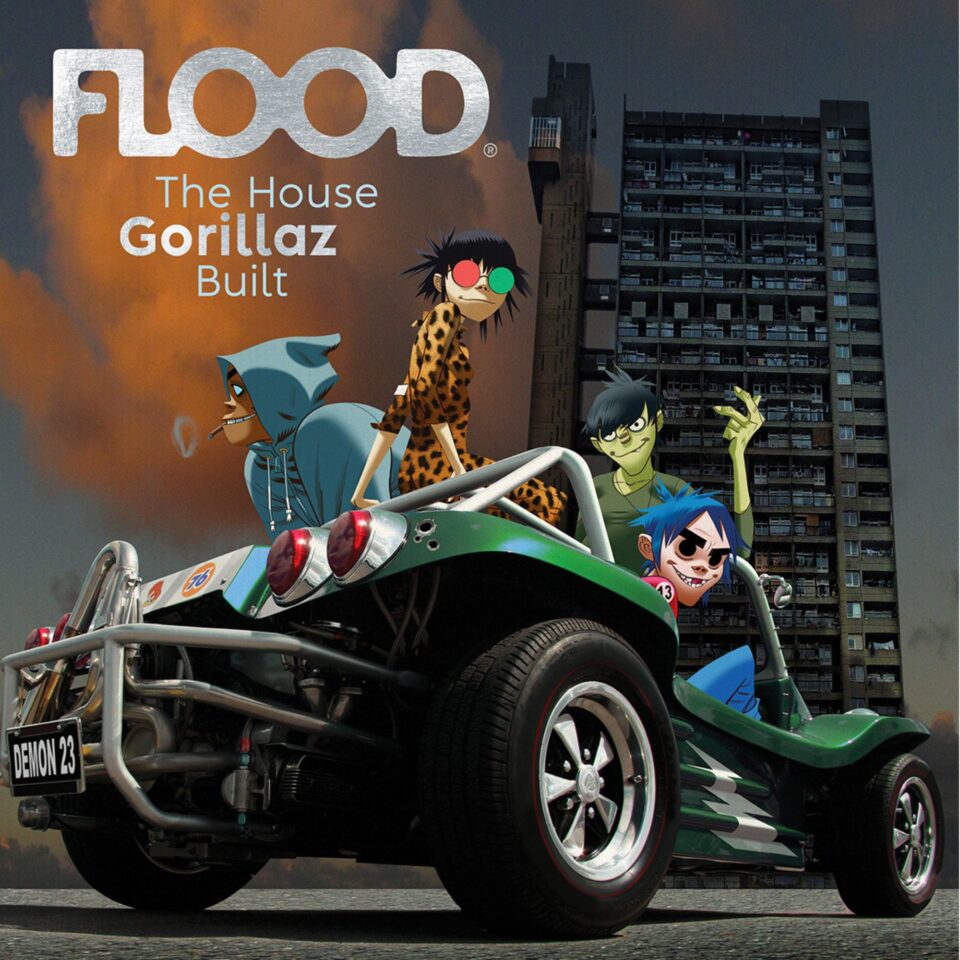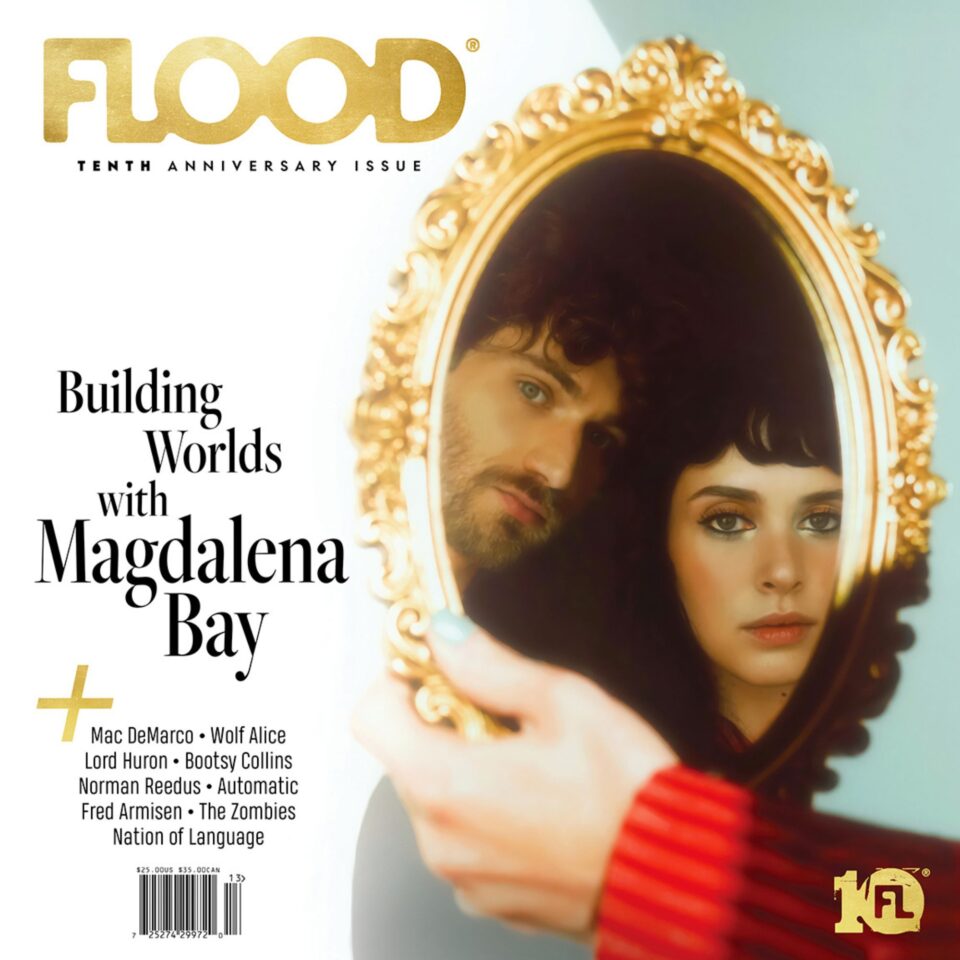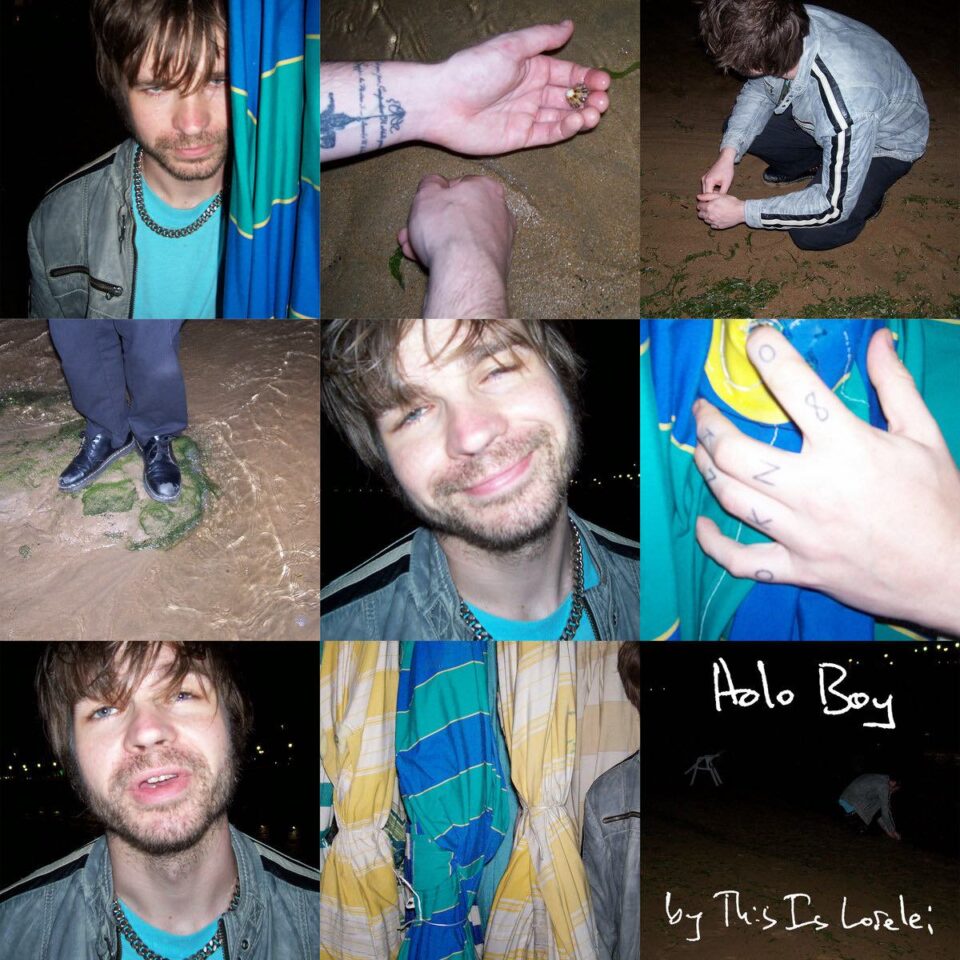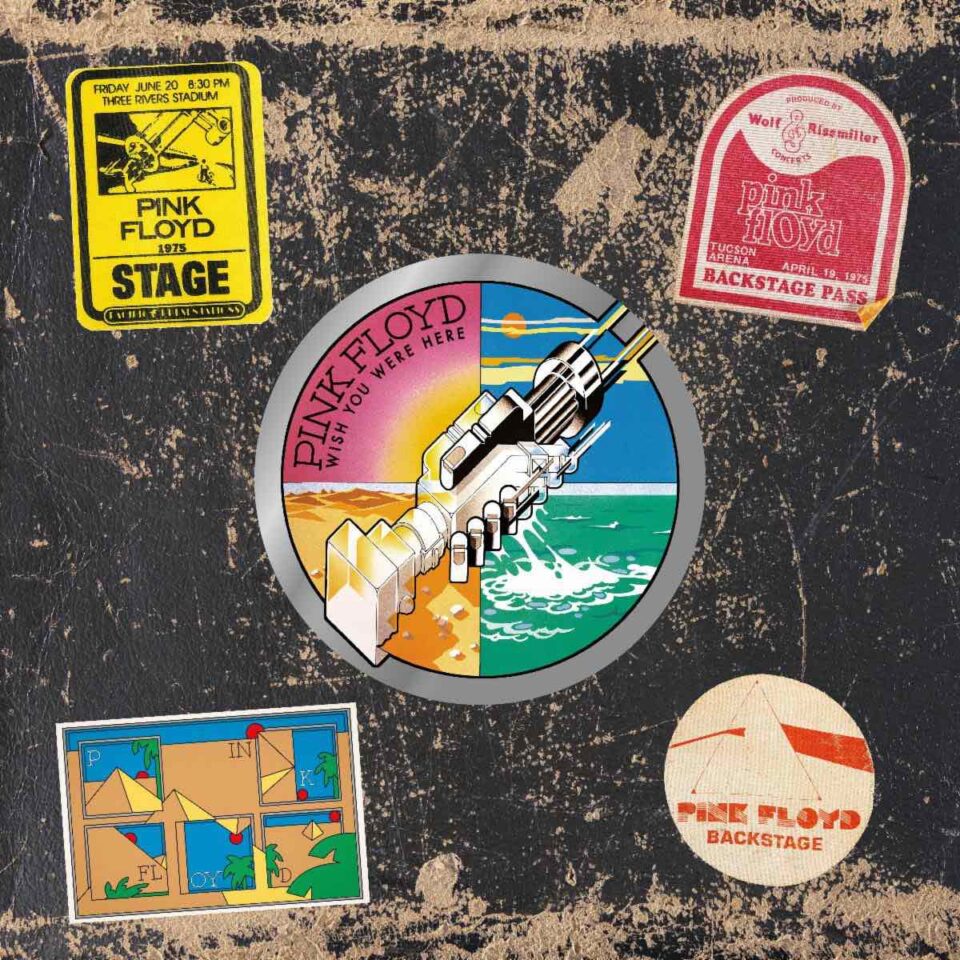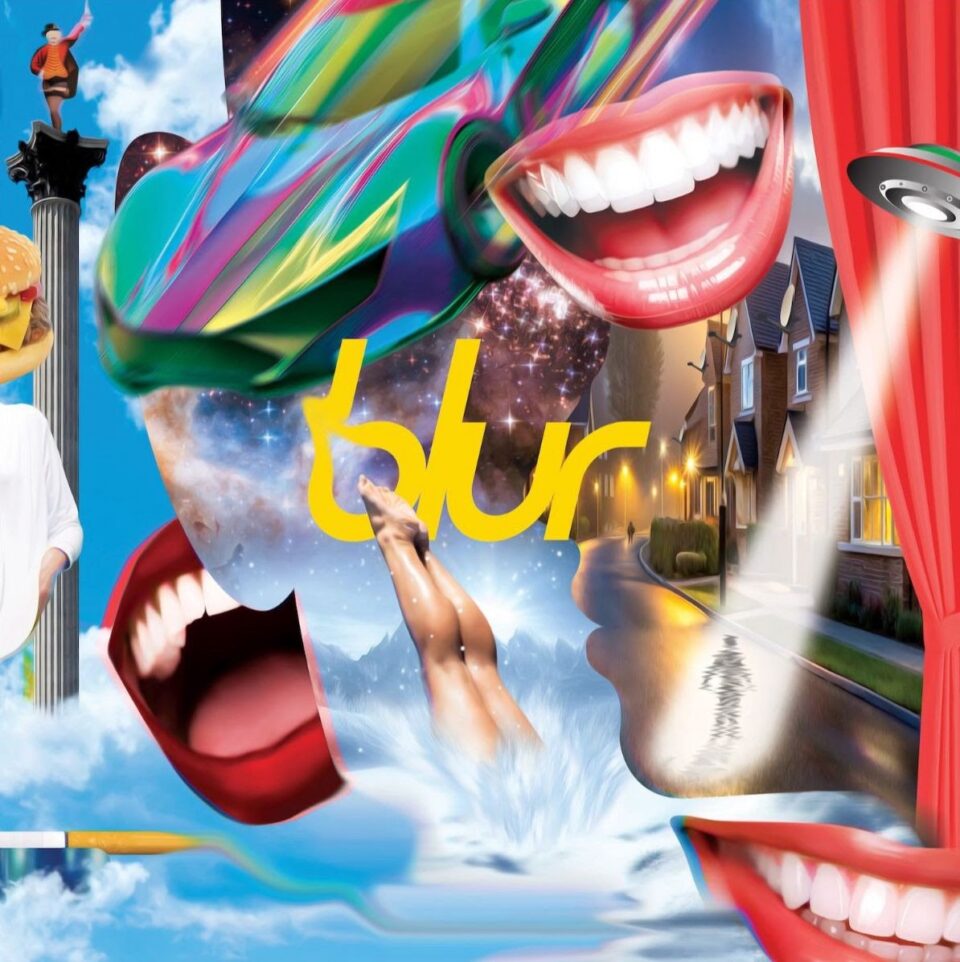“If the curtain opened and everything was there, there’d be nowhere to go,” David Byrne once told himself in an interview attached to the release of Stop Making Sense, describing why the band takes the stage one at a time over the course of the concert film. “It tells the story of the band and it gets more dramatic and physical as it builds up.”
Instead of slowly materializing over the course of 88 minutes, Uniform has expanded its lineup on stage and in studio over the course of a decade in order to consistently jack up the dramatics. Originally the minimalist power duo of vocalist Michael Berdan and guitarist Ben Greenberg—who snarled and riffed, respectively, over programed drums on their earliest material—the band has consistently evolved to incorporate new ideas as well as new members over the years, slowly expanding their lineup on solo releases while teaming up with Boris and The Body for album-length collaborations in between.
Following last year’s LP with the former group, Uniform have returned with their fullest sound to date on American Standard—both their longest album yet as well as the one with the shortest track list. Following isolated vocal chants, the Uniform machine can be heard revving up at the beginning of the 21-minute opening title track, wherein Berdan and Greenberg are joined by bassist Brad Truax and drummers Mike Sharp and Michael Blume. Rather than altering the sound they established in 2015 on their Perfect World LP, the duo has simply added more layers to it, with the album’s massive percussive element reinforcing Berdan’s most deeply personal lyrical work yet.
Naturally, with the expanded lineup comes an expanded set of influences. Ahead of the album’s release this Friday via Sacred Bones, we asked Greenberg, Truax, and the three Mikes to share some reference points for American Standard. Check out their picks below, and pre-order the album here.
The Cure, “Lost”
Brad Truax: Pummeling, swirling, dramatic, heavy, repetitive, beautiful Cure track from 20 years ago. All themes that were on my mind during the recording of American Standard.
Phantomsmasher, “Anubis Innertube”
Mike Sharp: Dave Witte cutting through layers of beautiful Plotkin atmospheric glitch and nasty bass. This template has never really resurfaced and it’s a perfect example of using something primal at the center of digital/analog soundscapes.
d.silvestre, MC LELE 011, MC Zudo Boladáo, “Mal Criado”
Ben Greenberg: I’m obsessed with this entire d.silvestre record. It’s easily the most aggressive, propulsive, hilariously awesome music I’ve heard in a long long time. I love how it sounds like your speakers are broken no matter what system you listen on (headphones, speakers, car, etc).
Sepultura, “Territory”
Michael Blume: Almost every tom-heavy beat is inspired by the drumming on this and the record [Chaos A.D.] as a whole. There’s two sides of Igor [Cavalera] on this track where he grooves but also lays down a solid rock beat and I tried channeling both in my drumming.
Crime & the City Solution, “Keepsake”
Michael Berdan: Although they’ll always play second fiddle to The Bad Seeds in the hearts of most fans, Crime & the City Solution are my preferred West German by way of Australia outfit. This is one of the most subtly devastating tracks that I’ve ever heard, where plodding rhythms and palm-muted guitars repeatedly give way to bursts of lush violin. It’s perfect.
Basic Channel, “Radiance II” (Edit)
Truax: Was on the mood board and took inspiration from Basic Channel when we did the alternate instrumental score version of the album.
Spacemen 3, “Come Down Easy” (Demo Version)
Sharp: Driving the riff home with endless repetition, lyrics circling like a shark, using tambourines to launch the song into the stratosphere. To me, it rarely gets better than that.
Hamid El Kasri, “Lalamalika”
Greenberg: Gnawa has been one of my favorite musical styles for a long time now—the rhythms and bass lines are completely addictive and the extended song forms are a true testament to the power of non-commercial psychedelia.
Meshuggah, “Stengah”
Blume: Tomas Haake’s drumming on this track emphasizes how one can play something so simple and make it sound so huge with an abundance groove and syncopation. Haake is probably my favorite drummer ever.
Killing Joke, “The Death and Resurrection Show”
Berdan: The first song on the best comeback album of all time. Dave Grohl and Youth hold down the rhythm like a drum circle from hell, allowing Geordie to periodically explode into one of his simplest yet most driving chorus riffs while Jaz conducts one of the finest apocalyptic sermons of his career.


